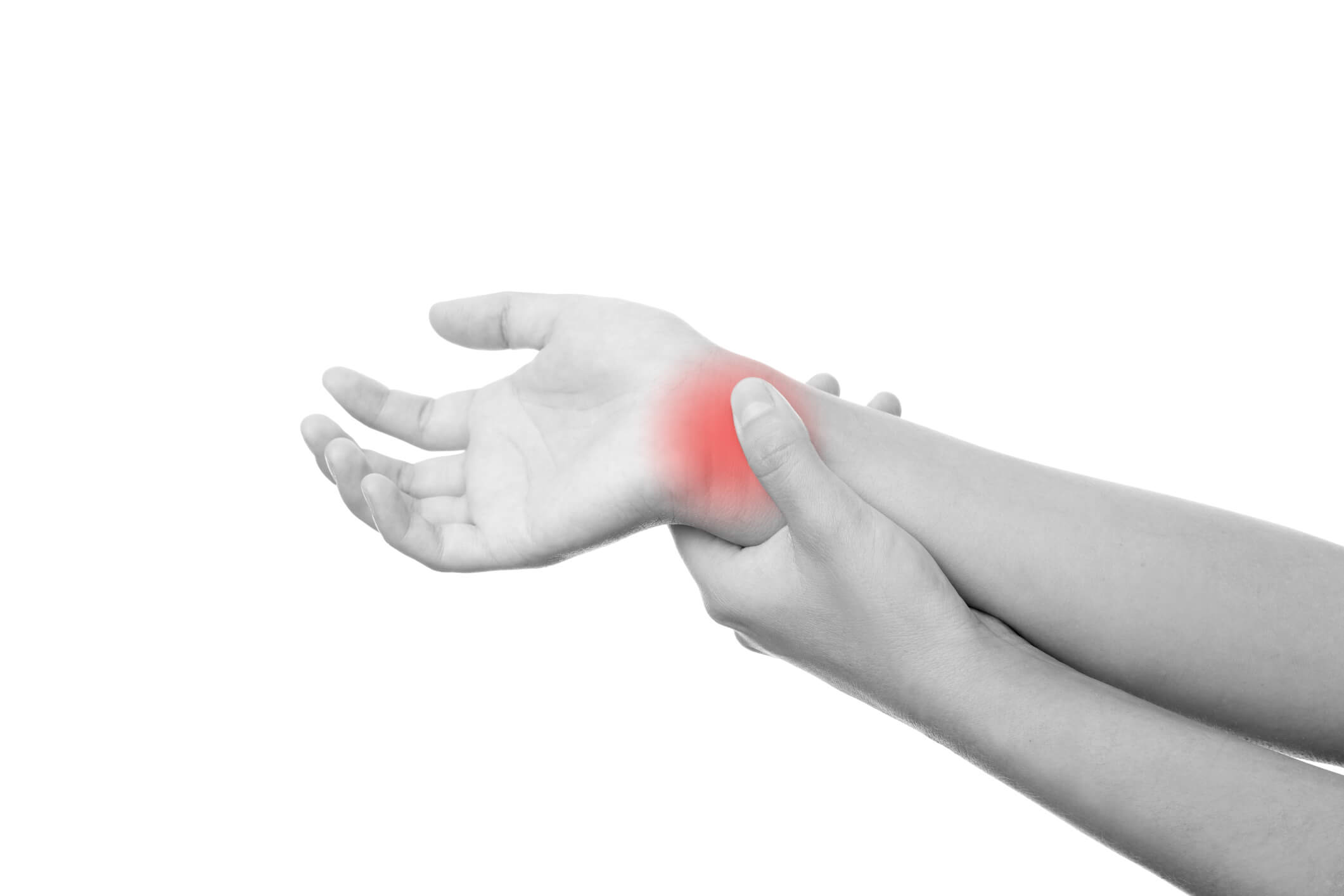Ligament damage can be categorised into grades, from grade 1, the least severe, to grade 3, the most severe. Grade 1 is where a ligament has been slightly overstretched or torn. This may cause swelling, bruising, and pain when weight-bearing. Grade 2 involves a partial tear, with the same symptoms as grade 1, but with more severe pain and some difficulty using the affected limb or putting weight on it. Grade 3 damage is where there is a complete tear or rupture of the ligament, causing severe bruising, swelling and pain, and complete inability to weight bear.
At OneWelbeck, our orthopaedic consultants can make a diagnosis of ligament damage and recommend the most appropriate treatment based on the severity of the injury by doing a physical examination, assessing your symptoms and evaluating how the injury occurred.
Imaging tests such as MRI and X-ray may also be required to assess the severity of the damage and to check for fractures and other issues.

